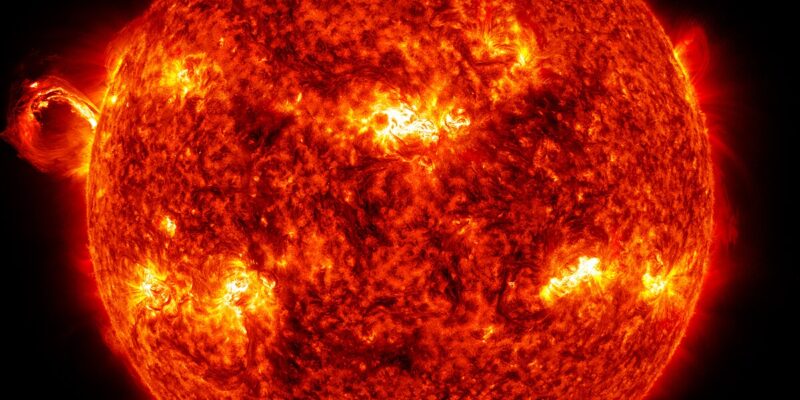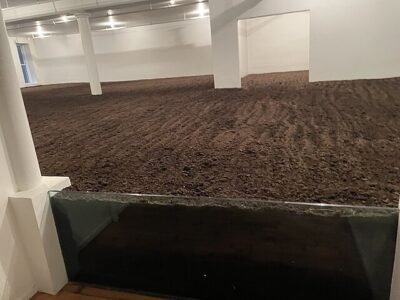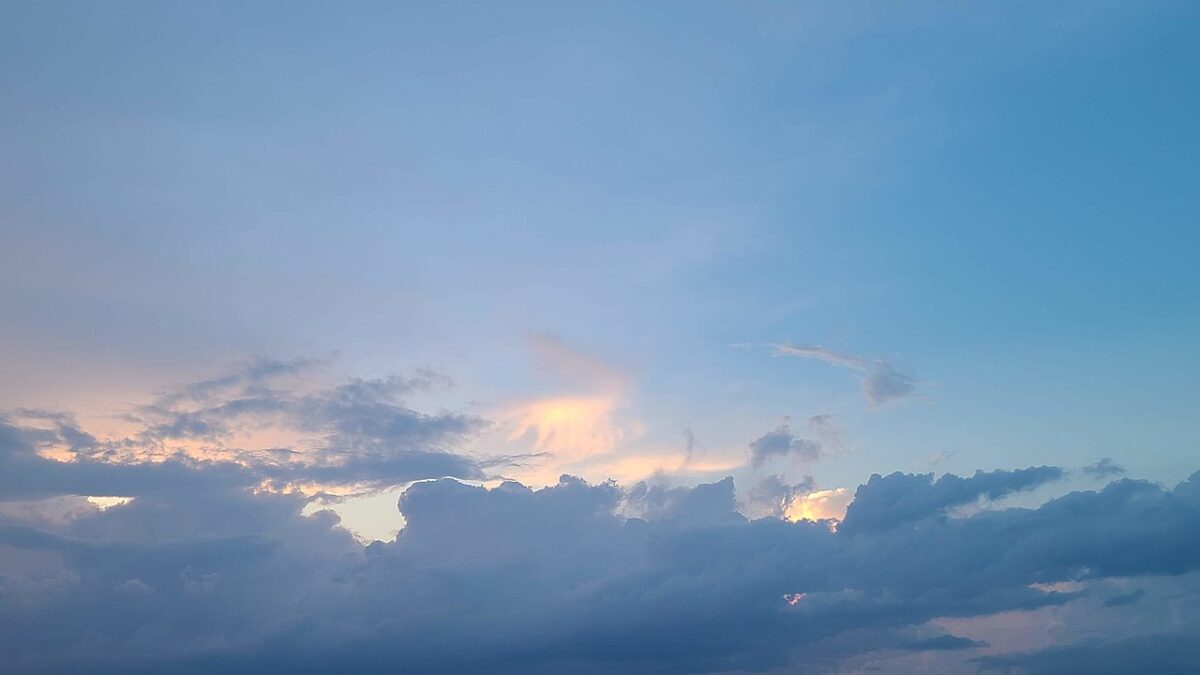
They say you’re not supposed to stare at the sun, but researchers in Europe have “hacked” a camera in space to reveal new images of our solar system’s star. What was revealed will take your breath away.
The European Space Agency “launched the Solar Orbiter in February 2020 to study the Sun’s inner heliosphere and polar regions in high resolution.
Every six months, it makes a close approach to the Sun, and it studies the same region repeatedly. The idea is to monitor the build-up of magnetic activity that’s a precursor to solar flares and eruptions. Within that, it has more specific scientific objectives.
The spacecraft carries a suite of instruments to achieve its objectives, and one of them is the Extreme Ultraviolet Imager (EUI.) Belgium contributed the EUI to the mission, and its job is to image the layers and structures in the Sun’s atmosphere from the chromosphere to the corona,” writes Science Alert.
That’s where one plucky engineer hacked the system and made the change.
Solar Orbiter’s Extreme Ultraviolet Imager (EUI) returns high-resolution images of the structures in the Sun’s atmosphere. Scientists call this region the corona. During EUI’s construction, a last-minute modification to the safety door on the front of the instrument has allowed it to see deeper into its target region than originally specified, the group said in a press release.
“It was really a hack,” says Frédéric Auchère, Institut d’Astrophysique Spatiale, Université Paris-Sud, and a member of the EUI team. “I had the idea to just do it and see if it would work. It is actually a very simple modification to the instrument.”
It involved adding a small, protruding ‘thumb’, weighing a few grams, to the door of the instrument. As the door slides out of the way to let the light into the camera, if it is stopped halfway, the thumb covers the Sun’s bright disc, and EUI can detect the million-times fainter ultraviolet light coming from the surrounding corona.
The team refer to this as the occulter mode of operation. Tests with the EUI occulter have been on-going since 2021. Now the team are confident in its successful operation and have written a paper and published a video showing the results.
The movie showcases a striking ultraviolet image of the Sun’s corona, captured using the EUI occulter. Within this image, an ultraviolet representation of the Sun’s visible surface has been overlaid in the central region, which was initially left blank by the occulter. Interestingly, the image of the Sun’s disc was obtained through NASA’s STEREO mission, which coincidentally happened to be observing the Sun from nearly the same vantage point as the Solar Orbiter, concurrently. Consequently, the features visible on the Sun’s surface exhibit a strong correlation with those found in the corona.
Traditionally, astronomers have relied on dedicated instruments known as coronagraphs to capture images of the Sun’s corona. For instance, Solar Orbiter employs a coronagraph called Metis for this purpose. However, the innovation of the current approach lies in the integration of the coronagraph and the camera within a single instrument. This integration offers several advantages, including increased efficiency and the ability to observe both the Sun’s surface and its corona simultaneously, enhancing our understanding of the intricate solar phenomena.
“We’ve shown that this works so well that you can now consider a new type of instrument that can do both imaging of the sun and the corona around it,” said Daniel Müller, ESA’s Project Scientist for Solar Orbiter.
Digital Trends noted that “the blank patch from the occulter has had an image of the sun’s disk superimposed on top of it. It allows researchers to see the details of the sun’s atmosphere, especially deep layers that would normally be impossible to observe.”
“Physics is changing there, the magnetic structures are changing there, and we never really had a good look at it before. There must be some secrets in there that we can now find,” said David Berghmans, EUI principal investigator of the Royal Observatory of Belgium.
[Read More: Largest Discovery In National History Stuns Researchers]









